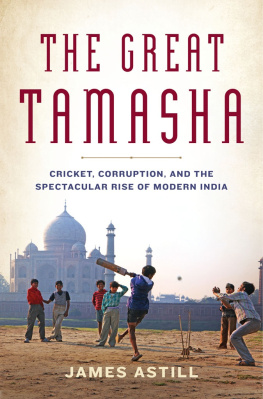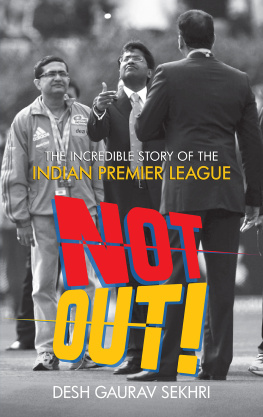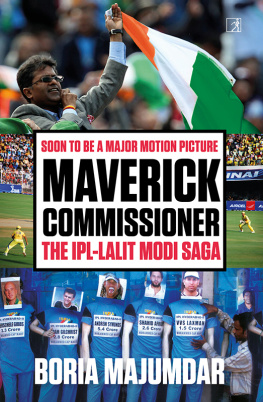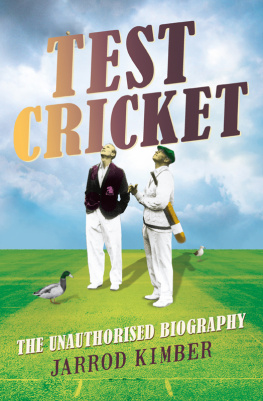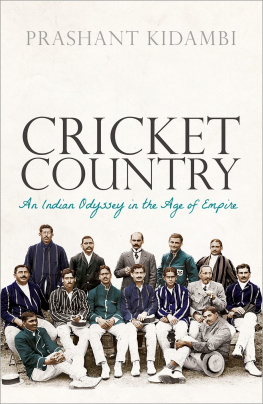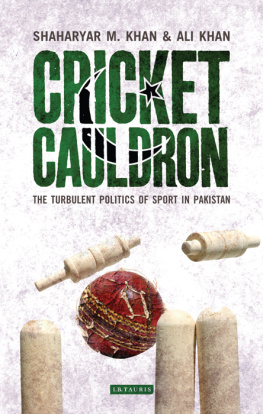
For my parents
Outside the New Delhi bureau of The Economist, where I lived and worked for four years, was a small public garden in which a privileged section of north-Indian society was often on display. A narrow brick pathway tracked the perimeter, around which the local householders paraded in slow circuits early in the morning, before the sun boiled up the sky, or in the lesser heat of dusk.
The women wore loose Punjabi pyjamas or bright, unflattering tracksuits. Their husbands, wealthy businessmen and senior civil servants, took their turns in small groups and sleeveless shirts and slacks. Almost all wore gleaming white trainers and many brandished swagger sticks, brigadier-style, to ward away the colony dogs. Sometimes they were serenaded by a screeching of peacocks from the neighbouring zoo. Every hour or so, a tiger wretchedly groaned.
The garden enclosed by the walkway was used by the servants of these wealthy Delhi wallahs. Drivers, guards, housemaids and handymen launderers of tracksuits, scrubbers of trainers they loitered off the path in dowdier clothes, smoking, teasing the dogs, snoozing beneath dusty trees or tending the vegetable plots that some had dug slyly beside them. And on a bumpy patch of lawn, especially from October to April when the temperature in Delhi mercifully drops, their children gathered to play cricket.
Though poor, they were lovingly turned out, often brushed and combed for the school day. Yet they were recognisably of north-Indian servant stock. Skinny boys with the delicate, milk-chocolate features of north-eastern Assam, Darjeeling and Manipur charged in to bowl at dark-skinned Biharis and Bengalis. A pair of skilful Muslim boys, wearing lacy white skull-caps, smashed a worn-out tennis ball to the gardens furthest corner, where a tiny Christian girl, with plastic rosary beads joggling around her neck, might be sent to retrieve it.
Snatches of Tamil (or so I was told) marked out the children of the local cooks Tamil food, low-fat and vegetarian, having become prized in high-cholesterol north India. But mostly the children spoke Hindi, interspersed with the shouted words of English Bowl it! Sixer! Catch it! Out! that form the lexicon of Indias favourite game.
This was a scene that, during those four years, I grew attached to. I am a cricket tragic, in the smug but acute self-description of John Howard, Australias former prime minister, and can enjoy watching almost any exhibition of the game. And the more I watched these games, as I paced the pathway, clearing my head of whatever politics or business I was reporting on at the time, the more I enjoyed them.
I started to recognise and look out for the best batsmen and bowlers, and, over the years, I saw them grow taller and improve. The distance one teenager, with the Asiatic features of the north-east, hit the ball was amazing. And his skills seemed all the more impressive after I, just once, asked to have a go myself and found the splice of the bat he was using was broken almost in two. Swinging that bat without it coming apart in mid-stroke required a difficult grip that my school cricket coach had not taught. I could hardly hit the ball. How the children rifled it high over the trees, endangering passing cars and sometimes their parents slowly turning employers, I couldnt imagine.
There is scarcely a more poignant image of India than this: of poor children gathering in a crowded Asian city to play cricket. It is suggestive, first of all, of crickets spectacular success in India. From northern Kashmir to Kolkata in the east and down to the Tamil south, come monsoon or dry, every day millions of Indians watch and play cricket. When Indias national side plays a big game, perhaps 400 million people gather around television sets, to shout, pray and groan; Indias biggest cities appear to empty the government, at great cost to the economy, sometimes calls a national holiday.
India has made an English summer game its own, and in the process changed it. Indian cricket is more popular, more manically followed and, at its infrequent best, more delicately skilful than the game played by any non-Asian country. No English cricket crowd is like the churning, hallooing throngs that fill Indian stadiums. Cricket is Indias national theatre its great tamasha, a Hindi word for entertainment, which Indians use promiscuously, in half a dozen languages, to mean a show, a performance or a scene.
No other British legacy in India, save perhaps the English language, has proved more popular or enduring than cricket. Nothing unites Indians, in all their legions and diversity, more than their love for it. No other form of entertainment not even Bollywood or politics is so ubiquitous in Indias media, and no Indian celebrity more revered than Indias best cricketers. God has a new House that is how the Times of India recently splashed on the news that Sachin Tendulkar, the most adored Indian player, had been gifted a seat in parliament.
And this cricket hysteria as distinct from the simple game of bat and ball is itself popular. Indians, segregated by class and divided by Hindu caste and religion, find in all-in-this-together cricket love a reassuring idea of national unity. A clue to this is the stories they love to tell of the real die-hard cricket crazies, half-demented by devotion to the game. Sudhir Gautum is Indias best-known cricketing mendicant. A poor Bihari, he travels the length of the subcontinent to see India play, with his body painted in the colours of the Indian flag and Tendulkar written in white paint across his famished belly. In the world of sport, perhaps only Brazilian football plays such an exalted role in national life as cricket does in India.
Yet the story of Indian cricket is not only about cohesion and success. It is also deeply pathetic. The poor children who play cricket on Indias streets and parks have almost no chance of emulating their heroes and playing for India. They are unlikely even to play an organised game of cricket, with a good bat and leather ball. That is because real cricket, as opposed to street games, is dominated by members of a small and privileged middle-class, albeit to a rapidly diminishing degree. In part, that reflects Indian crickets 19th-century origins. It was, from the start, an elite game, picked up by those ambitious to emulate or impress their British masters. Yet Indias failure over the ensuing 150 years to spread more cricketing opportunity to its cricket-hungry people is nonetheless lamentable. It is the main reason why India is much less good at cricket than it should be only fairly recently has India, despite its enormous cricket obsession, become consistently competitive with the teams of much smaller cricketing populations. In a country with a poor record of harnessing the talents of its vast population, this is a significant failure.
Elite and popular, unifying and exclusionary, polite and uproarious, Indian cricket is as contradictory in nature as India itself. For a cricket-loving foreign correspondent, this offers rich pickings. Watching, playing and, more often these days, talking about cricket are among my greatest pleasures, and India has provided unrivalled opportunity to indulge them. There must be Indian politicians, businessmen and taxi-drivers who do not like to discuss Tendulkars batting or Indias prospects against the Australians, but I have rarely met them. Cricket, the shared inheritance of the British Commonwealth, is how I have got closest to India.
It has also given me a more than useful vantage on to it because, in cricket, a lot of India is revealed. It is not always pretty. Indian cricket is perhaps, on balance, a force for unity. Yet caste, religious and regional differences have been played out on many Indian cricket fields; with plenty of ugly nationalism evident in the stands. These are the big conflicts of modern India, great wrestlings over community and identity, and throughout its history Indian cricket has reflected, and sometimes been shaped by, them.
Next page
